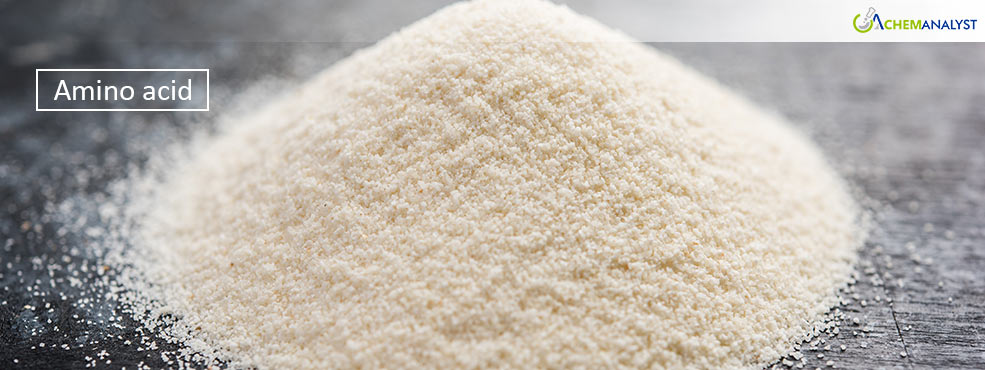Welcome To ChemAnalyst

The global Amino Acid market is bracing for significant shifts with demand likely to be consistently on the northerly side across the North American regional and anti-dumping investigations threaten to reshape existing trade patterns and pricing structures across the European region which is likely to impact the global market concerning Amino Acid. Industry analysts anticipate substantial market reorganization as major importing nations intensify their scrutiny of potentially unfair trading practices, particularly targeting exports from dominant producers.
Market experts suggest that the investigations, primarily focusing on L-Lysine hydrochloride Amino Acid, could trigger a domino effect across the Amino Acids supply chain. Current market dynamics show vulnerable positions for major exporting nations, especially China, which has historically maintained a commanding presence in global lysine trade. The investigations have already created uncertainty in the market, with several traders reporting hesitancy in finalizing long-term supply contracts.
The immediate impact is felt on pricing volatility across key markets. Sources close to major feed manufacturers report that domestic Amino Acid prices in importing nations have started showing upward momentum, reflecting market anxiety over potential supply disruptions. This trend is particularly concerning the animal feed sector, where Amino Acids such as lysine hydrochloride are a crucial ingredient, as it could lead to increased production costs across the livestock industry. In response to these developments, industry stakeholders are actively pursuing strategic alternatives.
While on the North American side, the US reportedly accelerating plans to develop domestic production capabilities, while others are exploring supply diversification options through emerging producers such as China and India. These shifts could potentially alter the competitive landscape of the global Amino Acid market in the medium to long term.
Looking ahead, The U.S. nutraceutical market is experiencing a post-holiday price adjustment in early 2025, simultaneously affecting the Amino Acids supply. This trend emerges against the backdrop of complex economic dynamics from late 2024. Manufacturing challenges have concurrently impacted Amino Acid production costs, with raw materials such as corn prices facing upward pressure amid supply chain constraints.
The sector's vulnerability has been amplified by ongoing port operations challenges, especially at major East and Gulf Coast ports where labor disputes have created bottlenecks in Amino Acid and imported products. The temporary resolution of port disputes until January 15, 2025, has provided limited relief, but underlying uncertainties persist, affecting distribution costs and inventory management concerning the Amino Acid. Most significantly, anticipated trade policy shifts have prompted strategic responses from major supplement manufacturers and retailers. The prospect of new tariffs, particularly the proposed 10% on Chinese imports, has led to accelerated inventory building, as China remains a crucial source of Amino Acid and its raw material. Industry leaders like major supplement chains and health food retailers have already begun adjusting their pricing strategies in response. This confluence of factors anticipates a continuous upward trajectory in Amino Acid prices in January 2025.
We use cookies to deliver the best possible experience on our website. To learn more, visit our Privacy Policy. By continuing to use this site or by closing this box, you consent to our use of cookies. More info.
